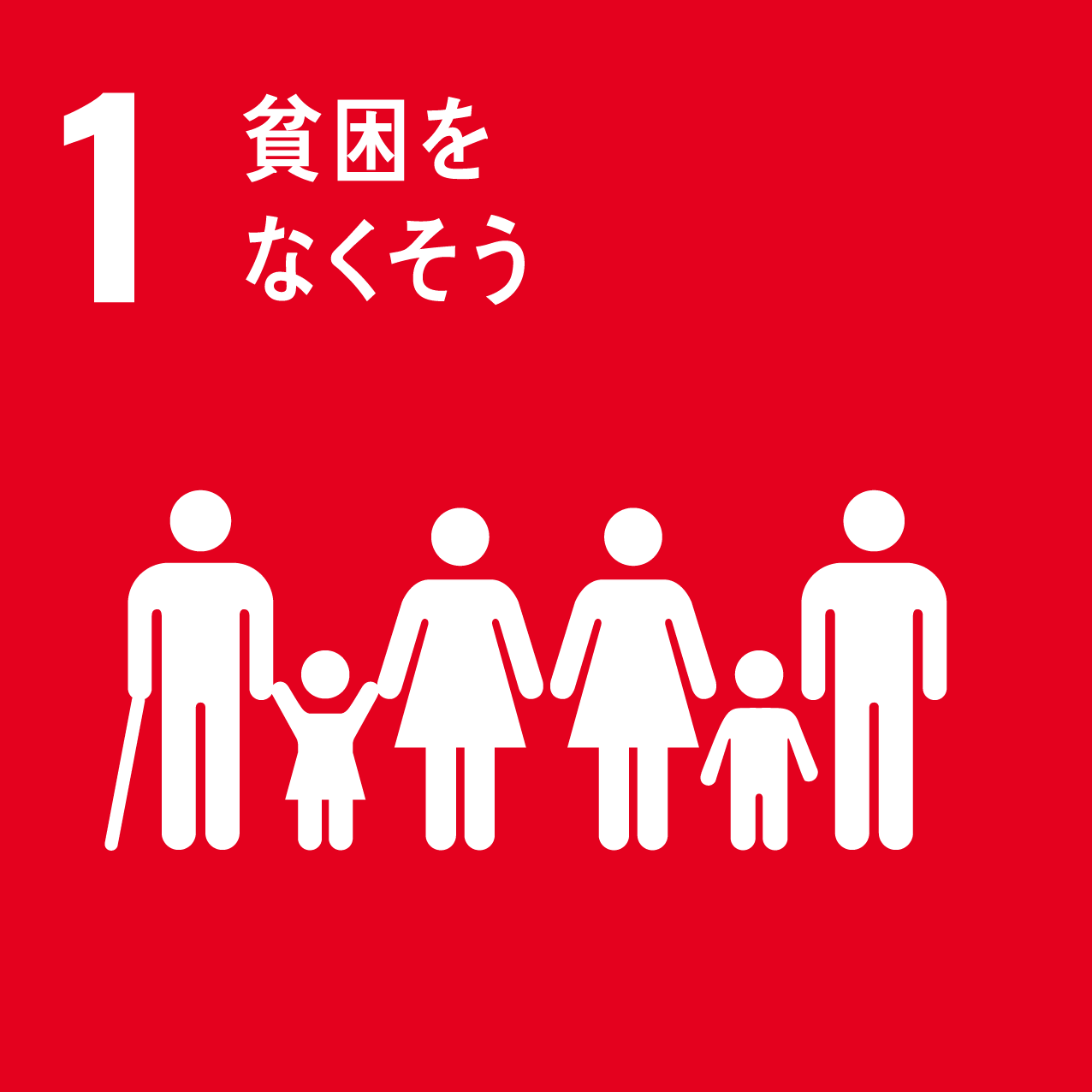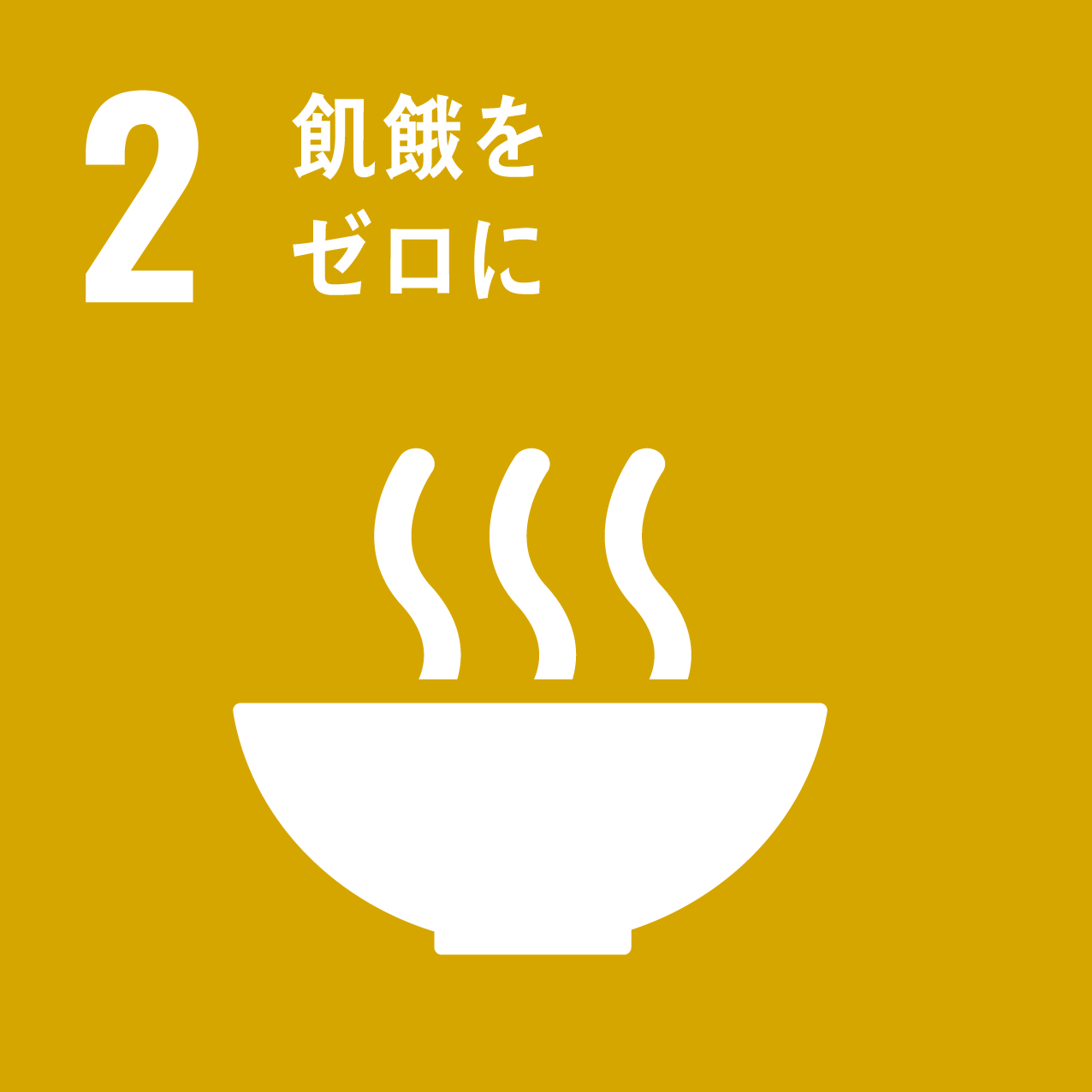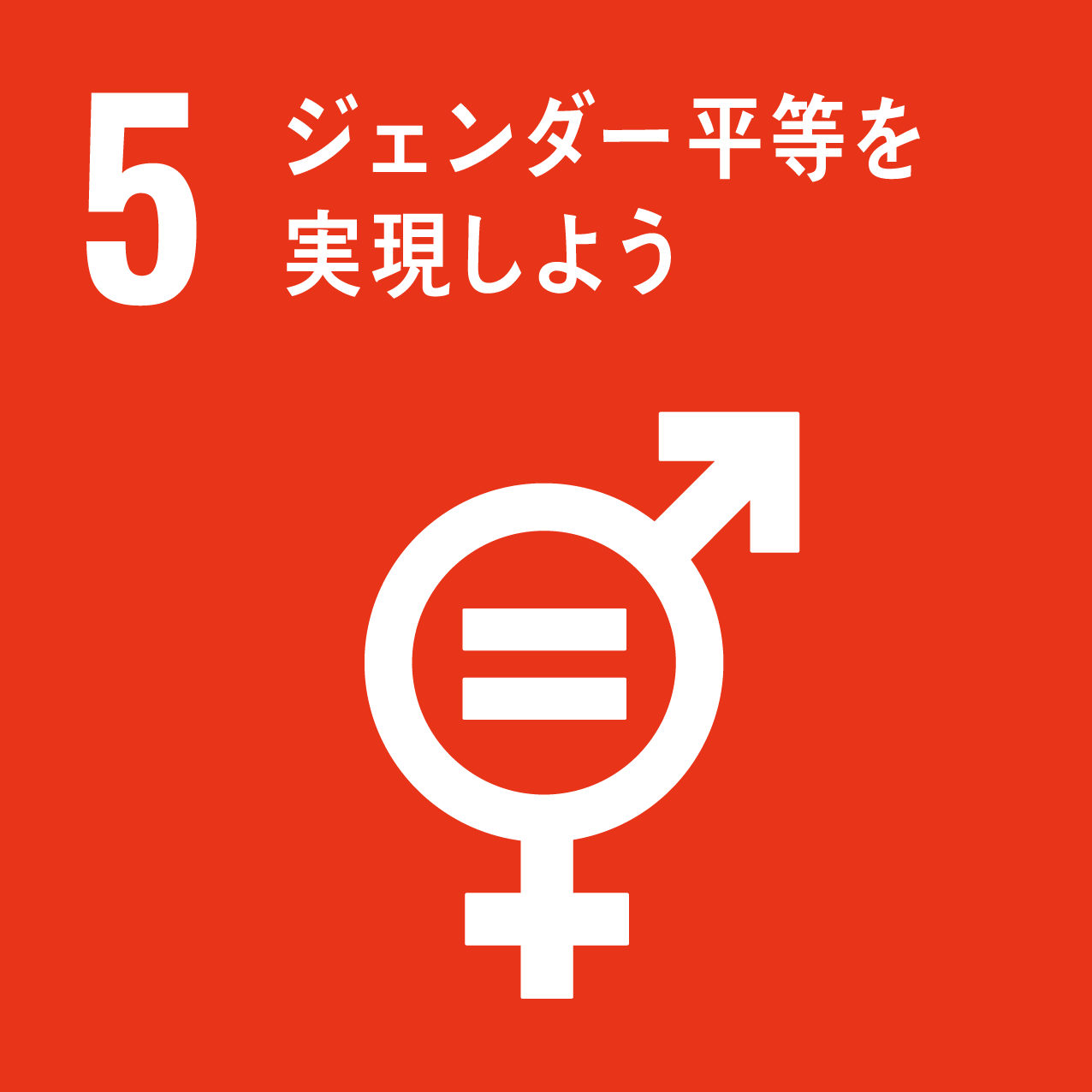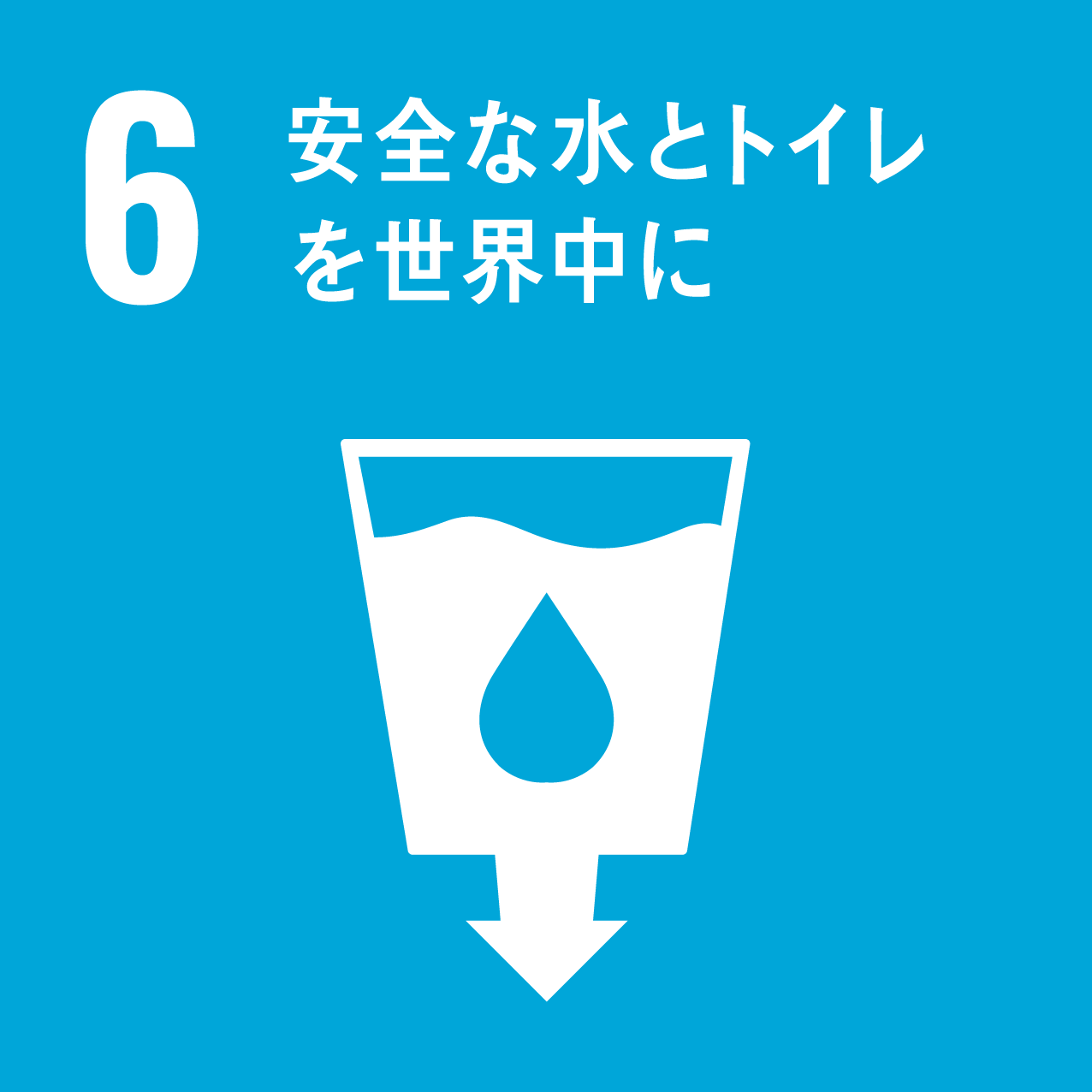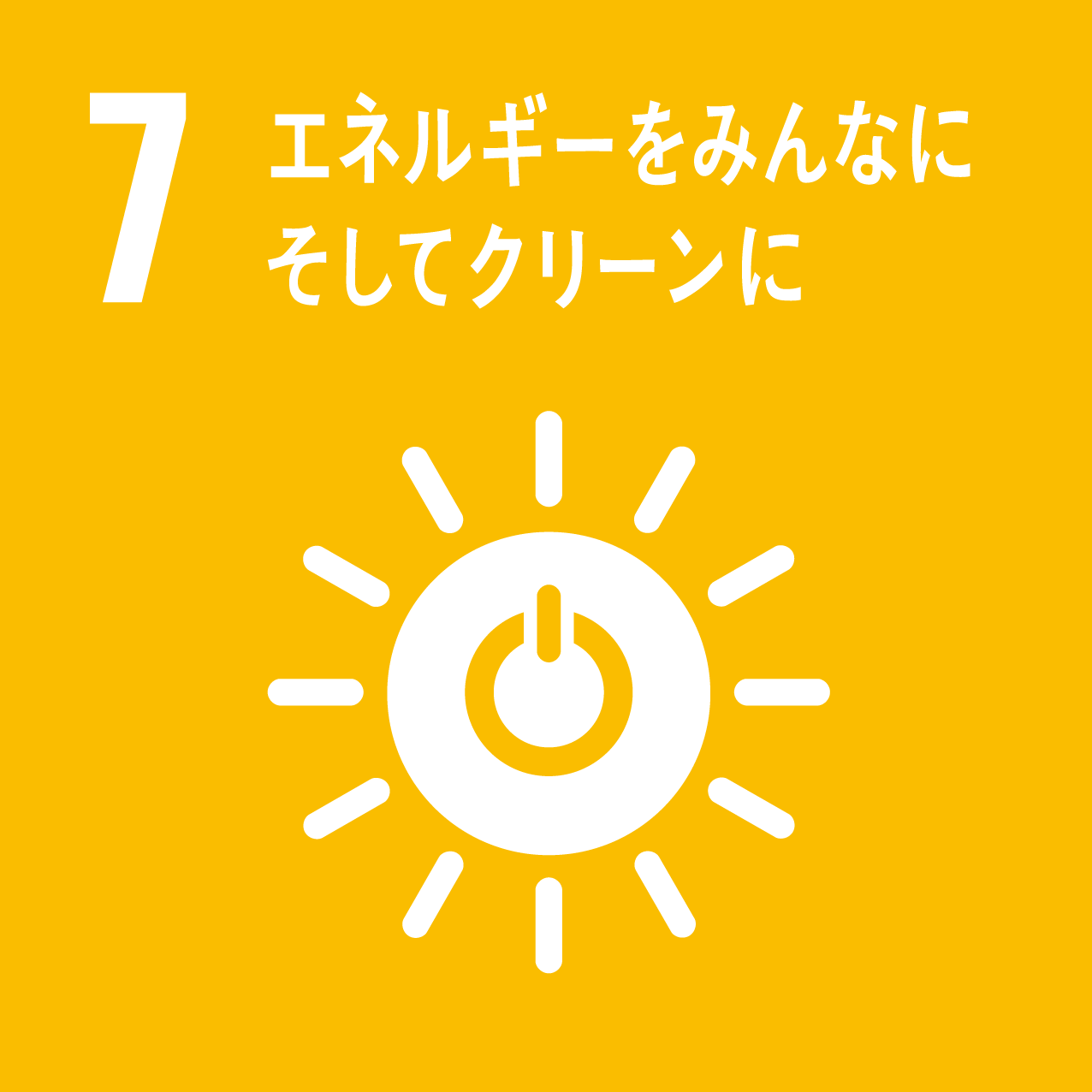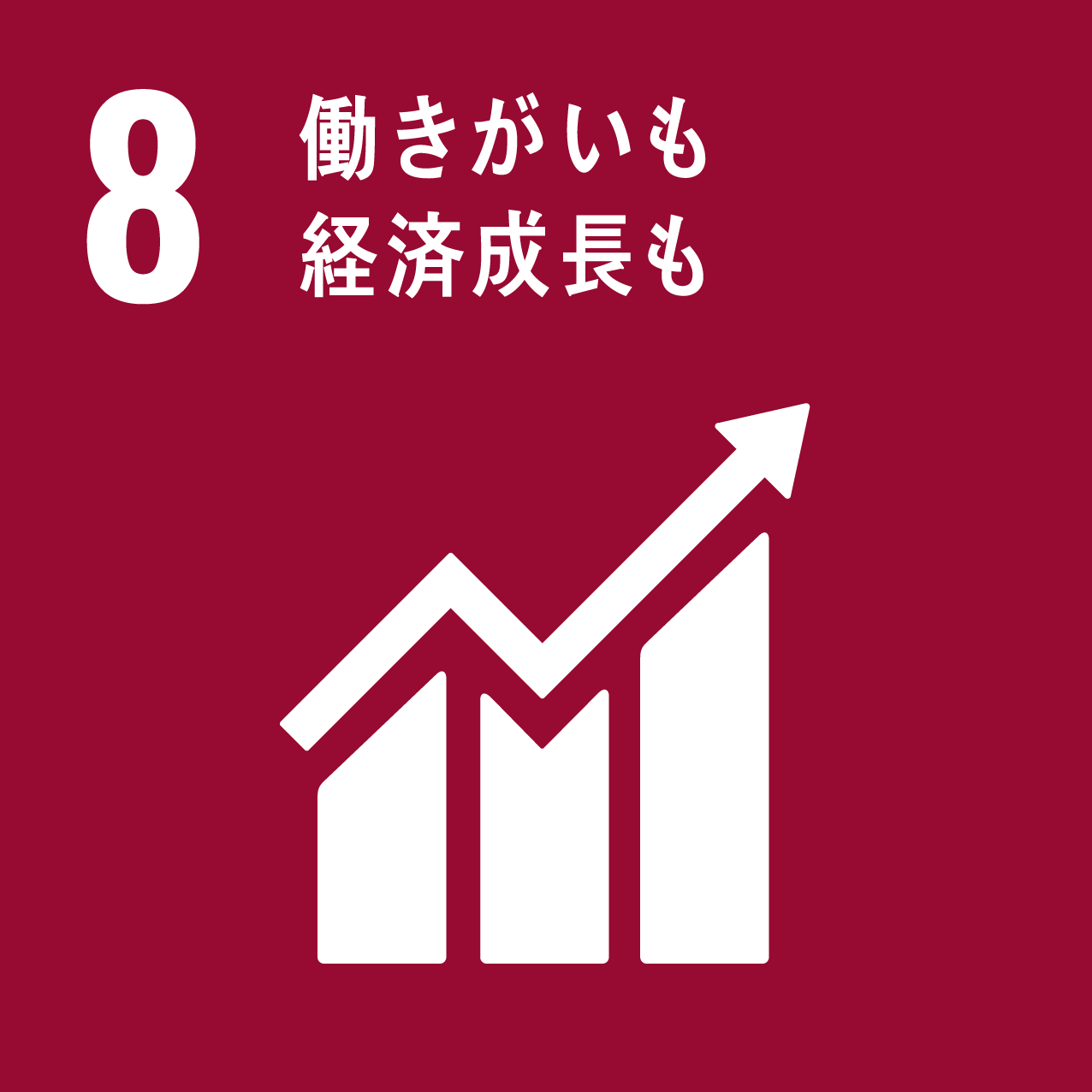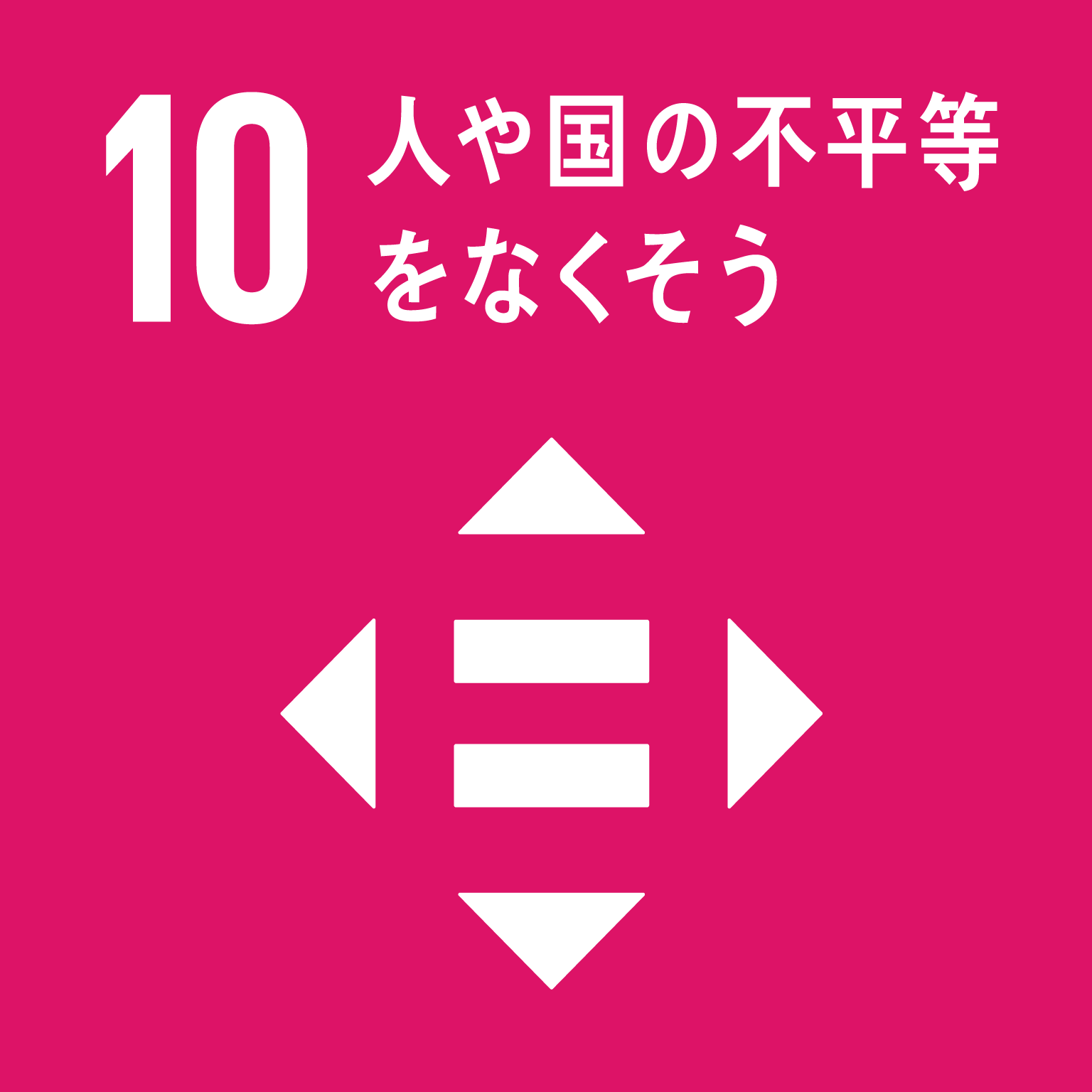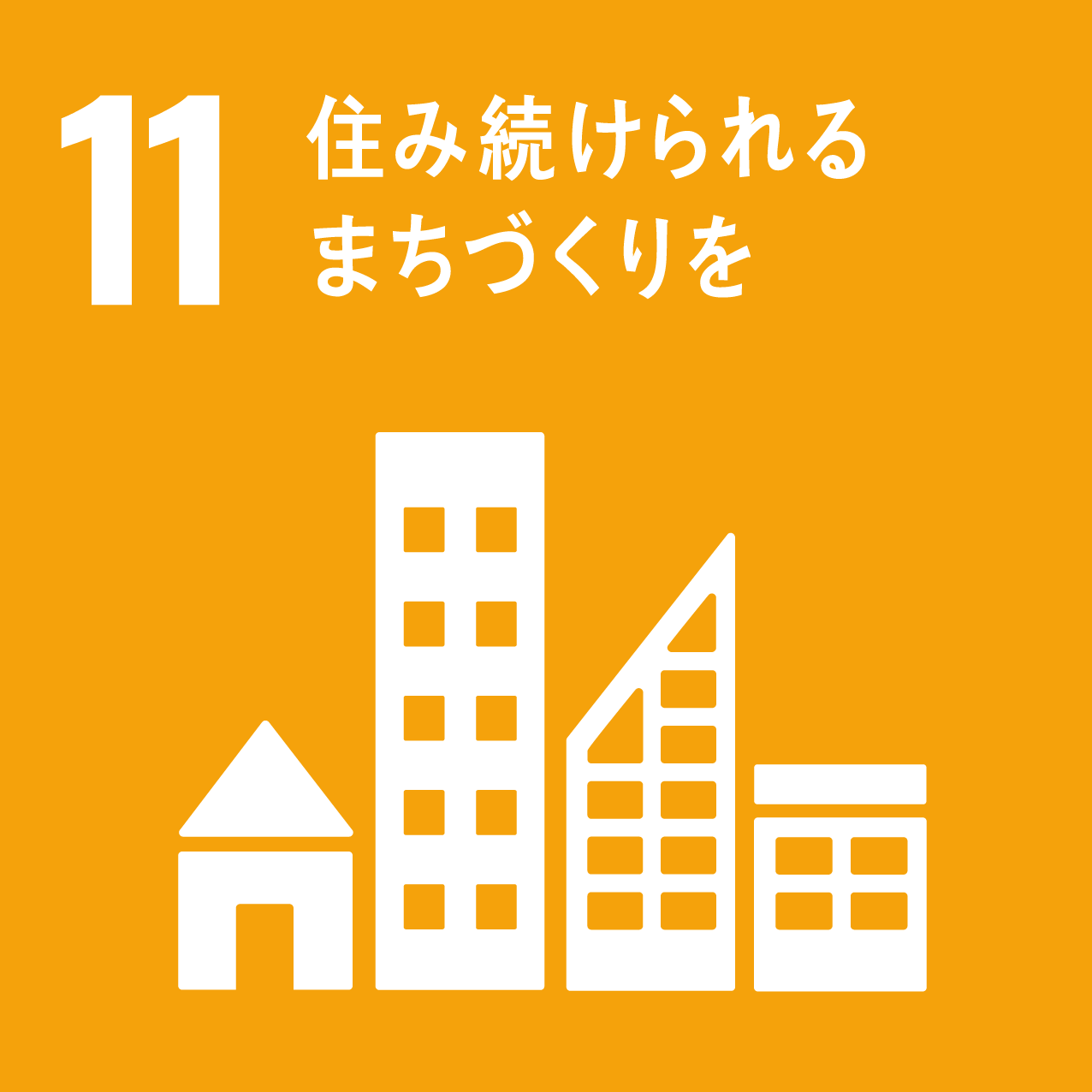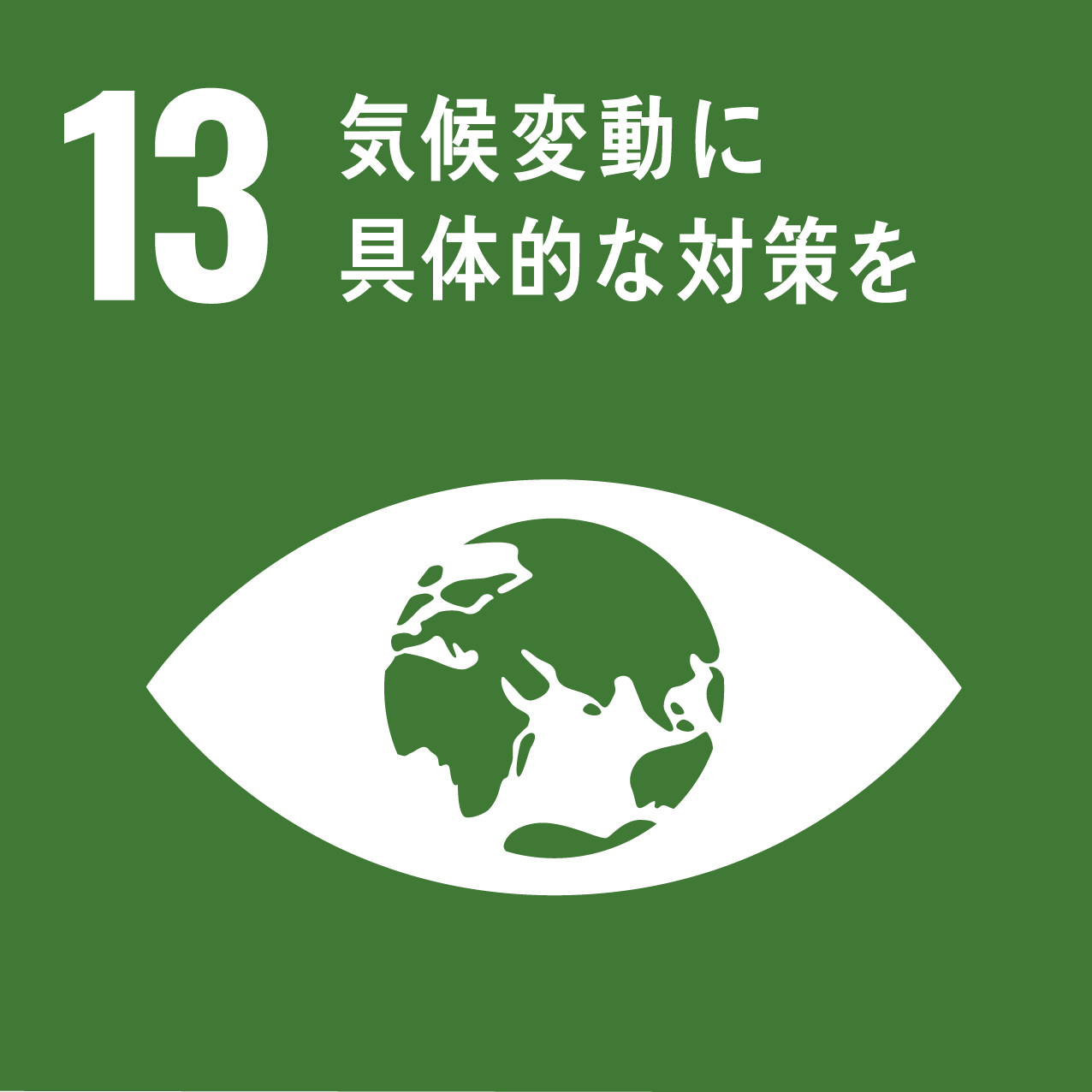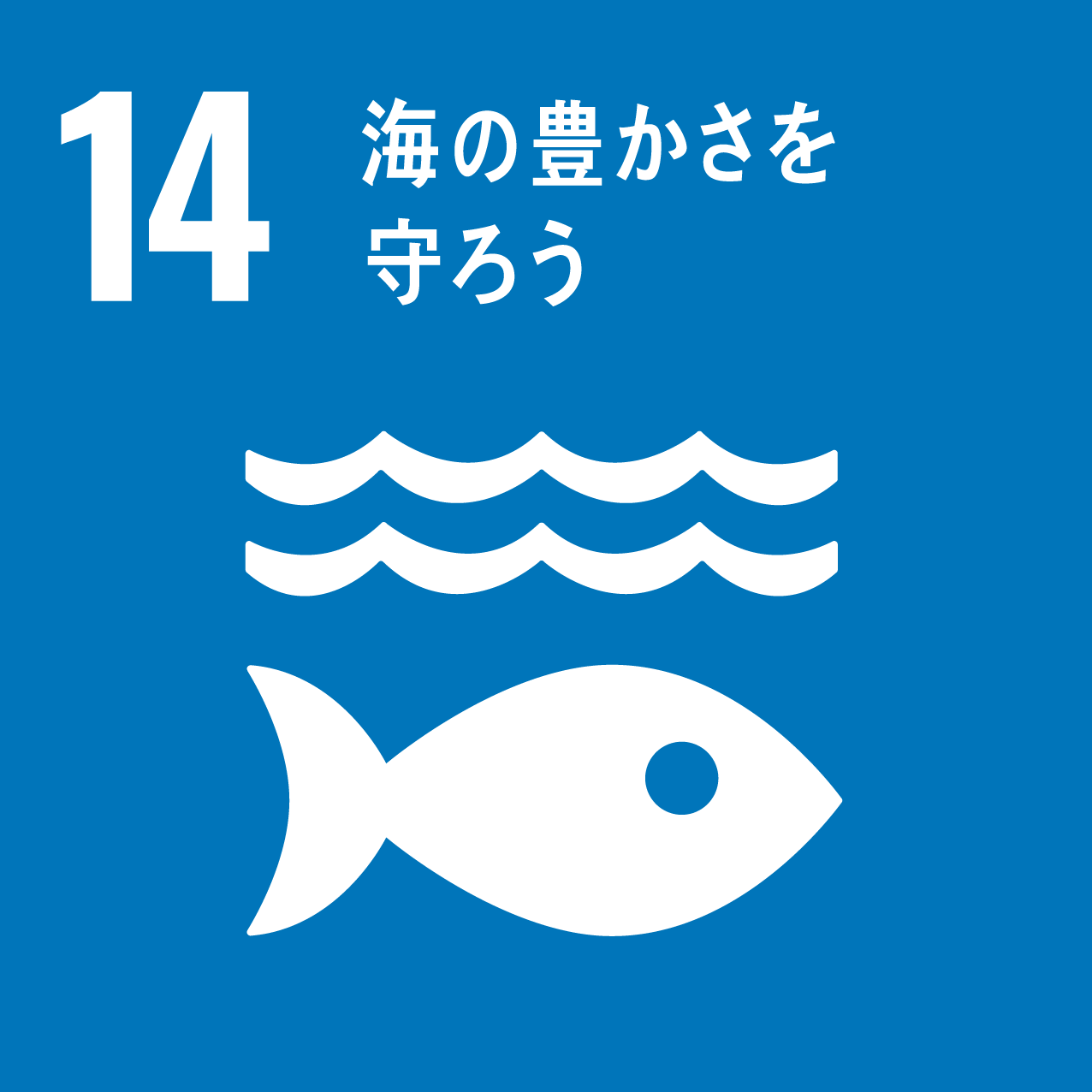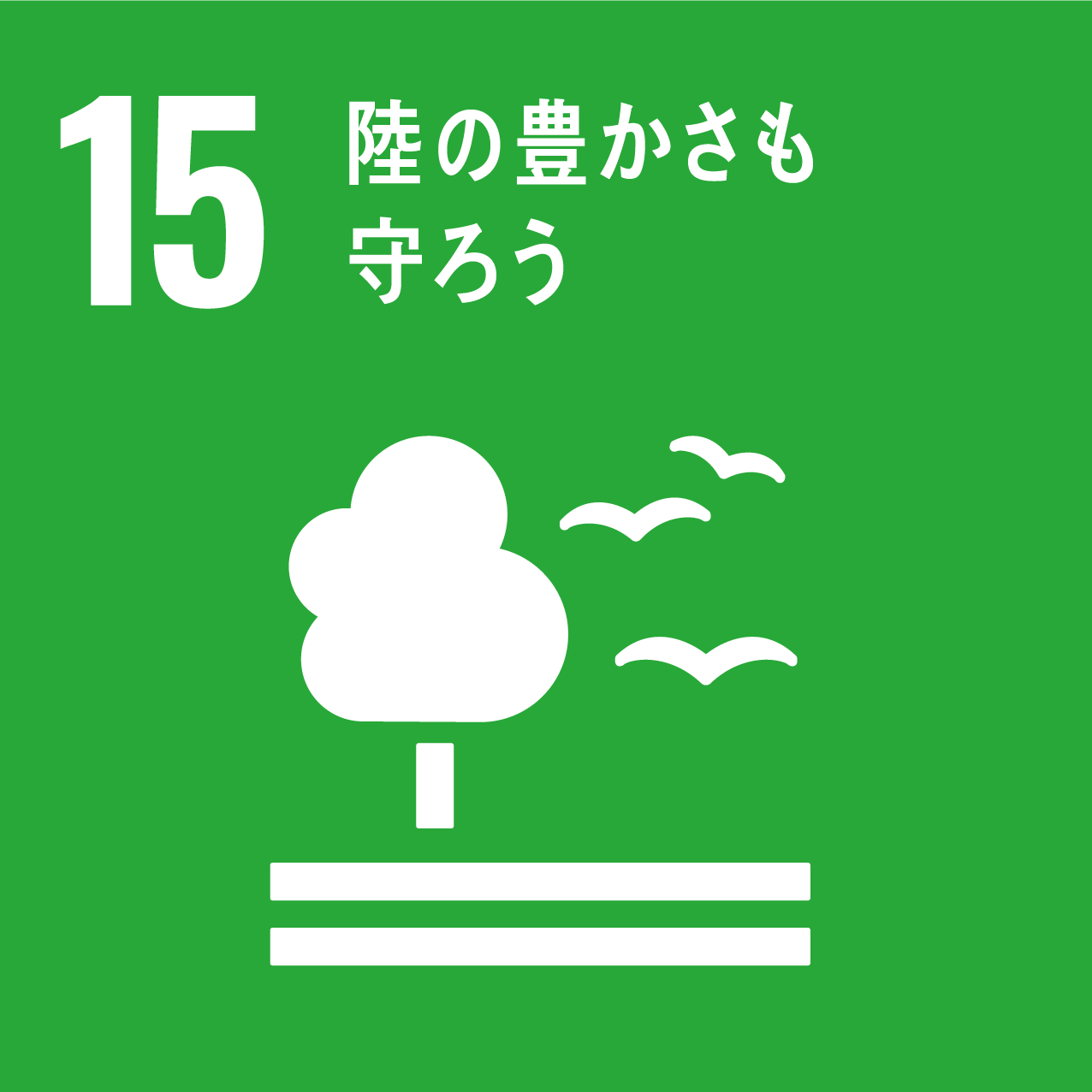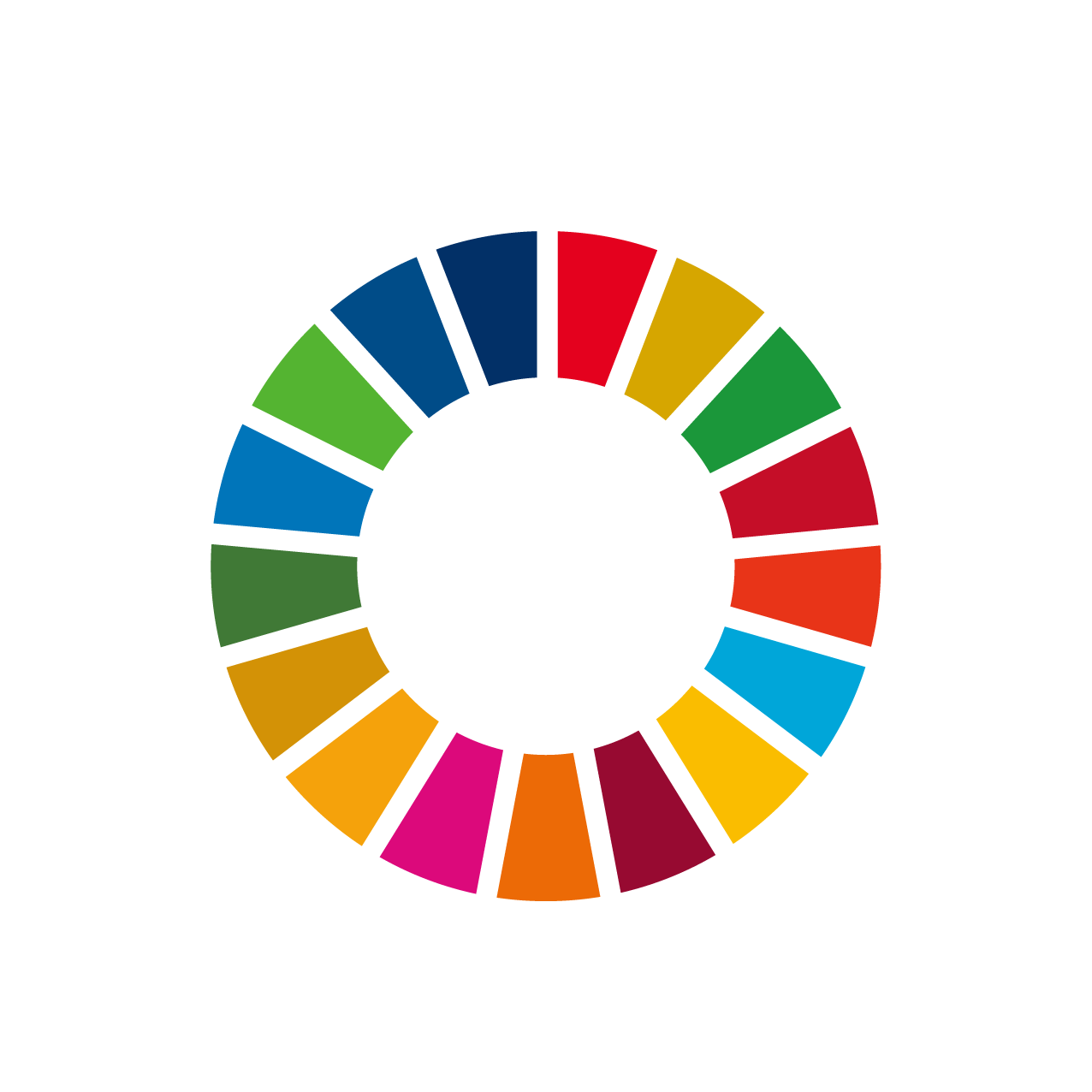- 定義*
Definition -
年間の妊娠中または妊娠終了後満42日未満に、妊娠の期間及び部位には関係しないが、妊娠もしくはその管理に関連した又はそれらによって悪化した全ての原因による妊産婦死亡の数を出生10万人当たりで表したもの。
The number of deaths per 100,000 live births per year that occur during pregnancy or in less than 42 days of giving birth, from any cause related to the pregnancy, the management thereof or a condition worsened by either of these, regardless of the length of the pregnancy or affected area of the body.
*「指標名」と定義は異なる場合があります。詳しくは「作成方法」をご確認ください。





